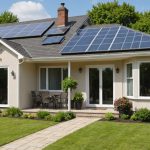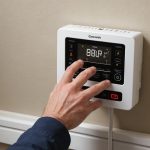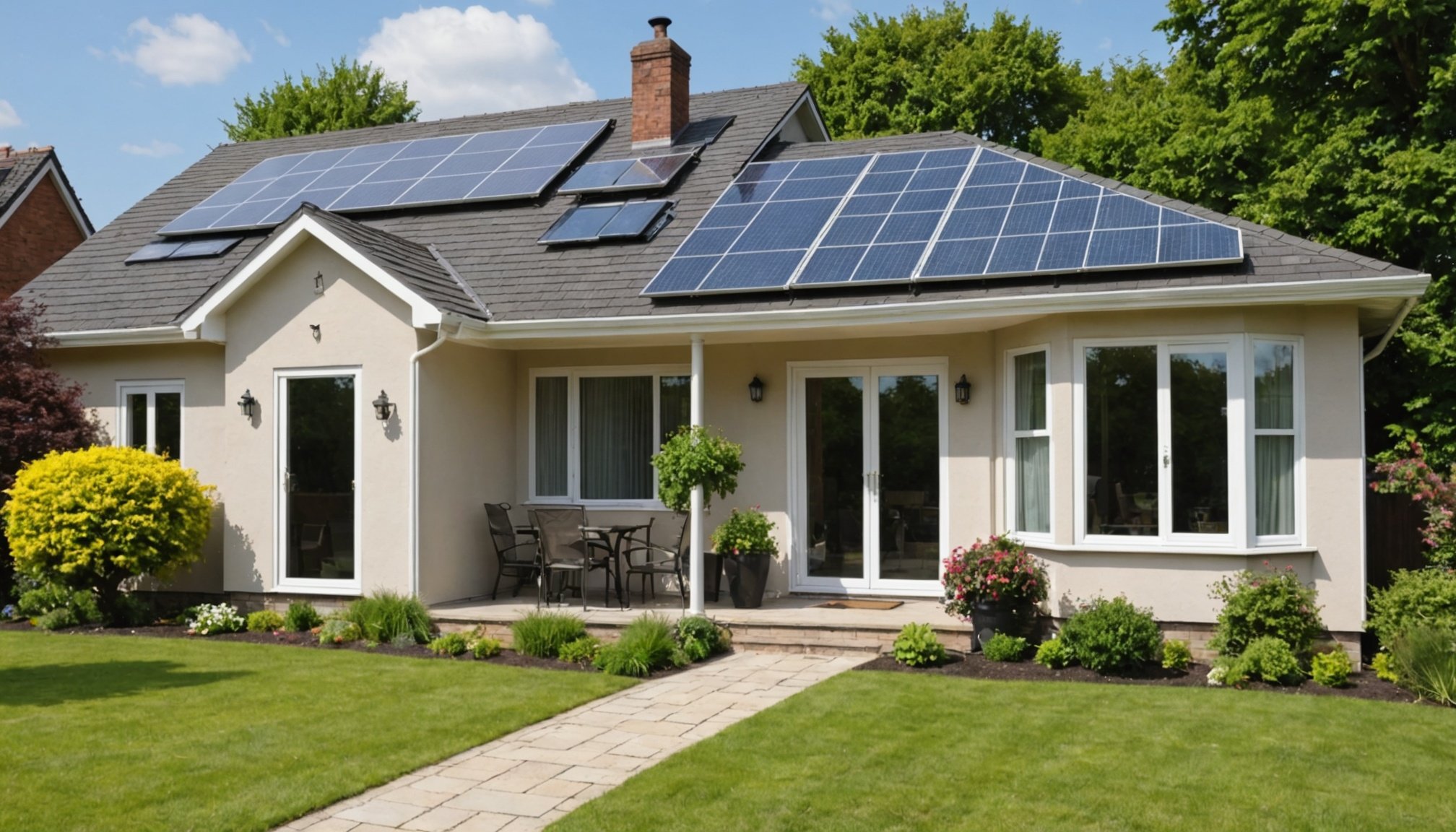In today’s world, where sustainability is not merely a trend but a necessity, enhancing your home’s energy efficiency is a judicious decision. It contributes not only to a healthier environment but also to significant savings on your energy bills. Whether you are a homeowner keen on reducing your carbon footprint or someone striving to create a more comfortable living space, understanding the steps to improve energy efficiency is essential. This article provides a detailed guide on how to make your home more energy-efficient, making use of current technologies and practices.
Understanding Energy Audits
Before embarking on the journey of energy efficiency, conducting an energy audit is a fundamental step. This process evaluates how much energy your home consumes and identifies areas where you can enhance efficiency.
Also to discover : How can I create an inviting guest room that feels like a home away from home?
What is an Energy Audit?
An energy audit involves a thorough inspection of your home’s energy usage. Professionals use tools like blower doors, infrared cameras, and various meters to detect air leaks and energy wastage.
Conducting a DIY Energy Audit
While professional audits are comprehensive, a DIY approach can also be effective. Start by checking for drafts around windows and doors, inspecting insulation in the attic, and examining your appliances’ energy ratings.
Also to discover : What are the pros and cons of different heating systems for UK homes?
Benefits of an Energy Audit
Understanding your home’s energy profile can lead to targeted improvements. By pinpointing specific areas of inefficiency, you avoid unnecessary expenses on broad, unspecific upgrades.
Insulation and Sealing: The Basics
A well-insulated home is the cornerstone of energy efficiency. Proper insulation helps maintain indoor temperatures, reducing the need for excessive heating or cooling.
Importance of Insulation
Insulation acts as a barrier to block unwanted heat flow. During winters, it keeps the warmth inside, and in summer, it maintains a cool indoor environment.
Types of Insulation Materials
Selecting the right insulation material is crucial. Fiberglass, cellulose, and spray foam are popular choices, each with its unique advantages in terms of R-value, cost, and ease of installation.
Sealing Air Leaks
Beyond insulation, sealing gaps and cracks is vital. Use caulk for cracks and weatherstripping for movable components like doors and windows. This not only improves efficiency but also enhances indoor comfort by reducing drafts.
Upgrading Heating and Cooling Systems
Heating and cooling systems are often the largest energy consumers in a home. Upgrading to efficient systems can drastically cut energy use.
Evaluating Your Current System
Assess the age and efficiency of your current HVAC system. Older systems may be less efficient compared to modern units.
Choosing Energy-Efficient Systems
Look for systems with an ENERGY STAR label. These models are designed to meet or exceed standards for efficiency. Consider options like heat pumps or high-efficiency furnaces for better performance.
Maintenance for Efficiency
Regular maintenance of your system can vastly improve its efficiency. Change filters regularly, clean ducts, and ensure that vents are not blocked by furniture or debris.
The Role of Smart Technology
Smart technology is revolutionizing home energy management. By integrating these technologies, you can automate energy savings and optimize usage.
Smart Thermostats
These devices learn your schedule and temperature preferences, adjusting settings automatically to save energy. They provide remote access, allowing you to control your home’s climate from your smartphone.
Smart Lighting
Switching to smart LED bulbs can reduce energy consumption by adjusting brightness based on the time of day or occupancy.
Energy Monitoring Systems
These systems provide real-time data on your energy usage, helping you identify patterns and areas for improvement. They can even alert you to appliances consuming more energy than expected.
Improving the energy efficiency of your home is more than just a financial decision—it’s a responsible step towards sustainability. By conducting energy audits, enhancing insulation, upgrading heating and cooling systems, and embracing smart technologies, you can achieve significant energy savings. These measures not only lower your utility bills but also create a more comfortable and environmentally friendly living environment. As you implement these strategies, remember that each modification contributes to a broader effort to ensure a sustainable future for all. Embrace the changes and enjoy the benefits of a more efficient home.











